USC team develops novel organic redox flow battery for large-scale energy storage
Green Car Congress
JUNE 27, 2014
Scientists at USC have developed a novel water-based Organic Redox Flow Battery (ORBAT) for lower cost, long lasting large-scale energy storage. ORBAT employs two different water-soluble organic redox couples on the positive and negative side of a flow battery. We have termed this battery an Organic Redox Flow Battery (ORBAT).






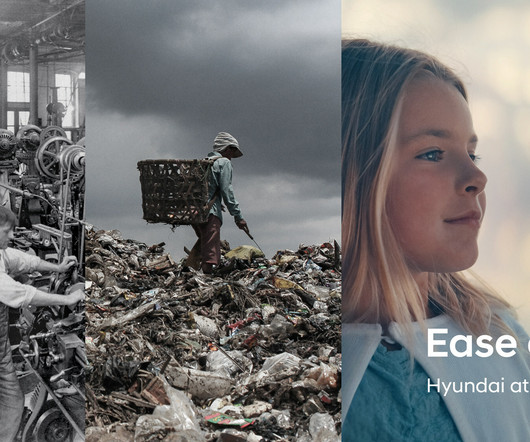



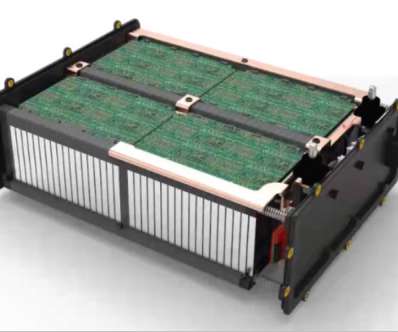









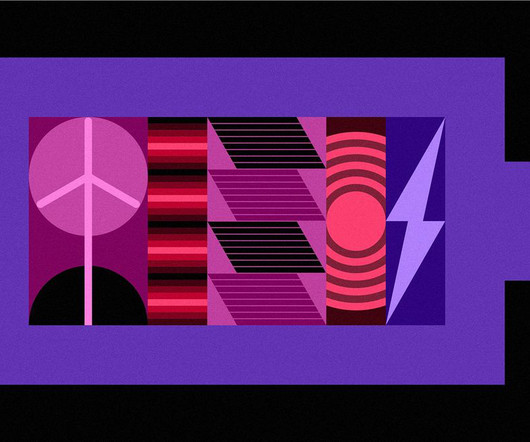





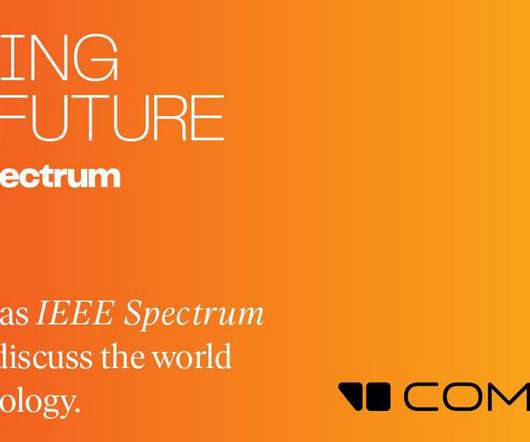
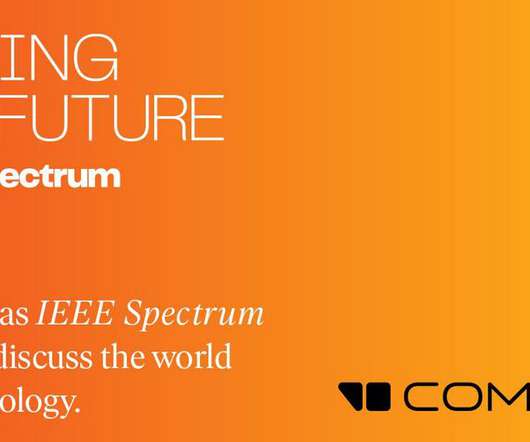
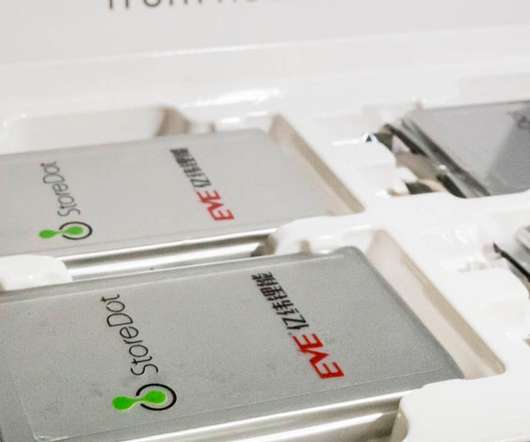
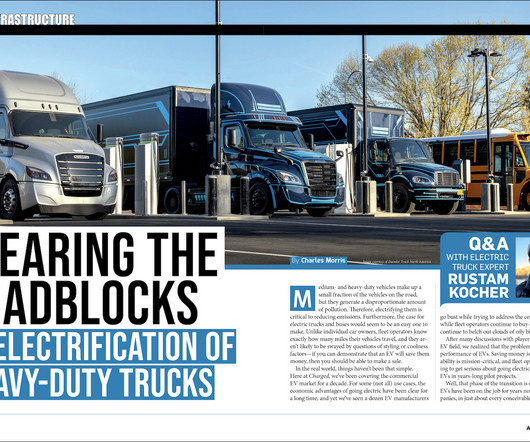
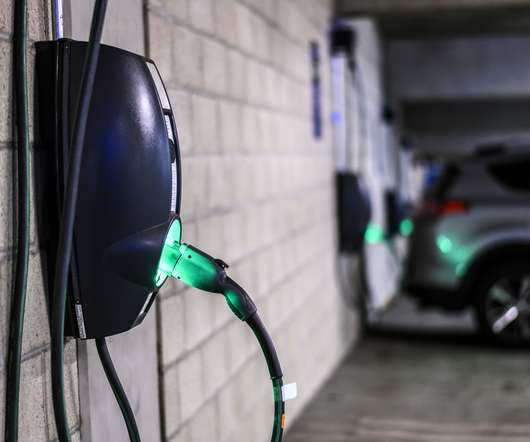
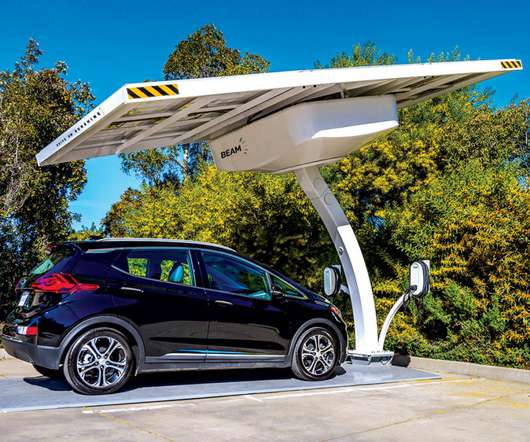
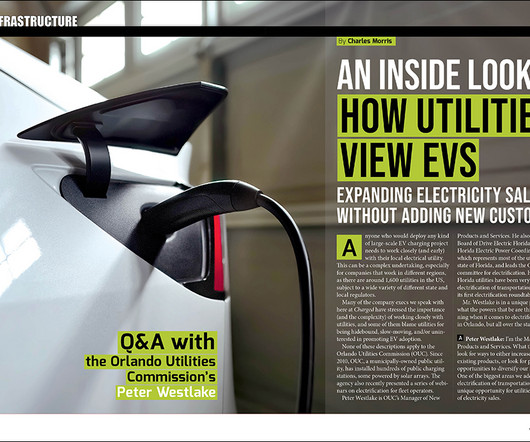
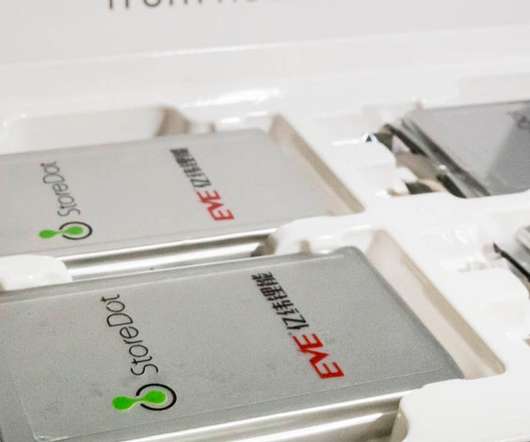











Let's personalize your content